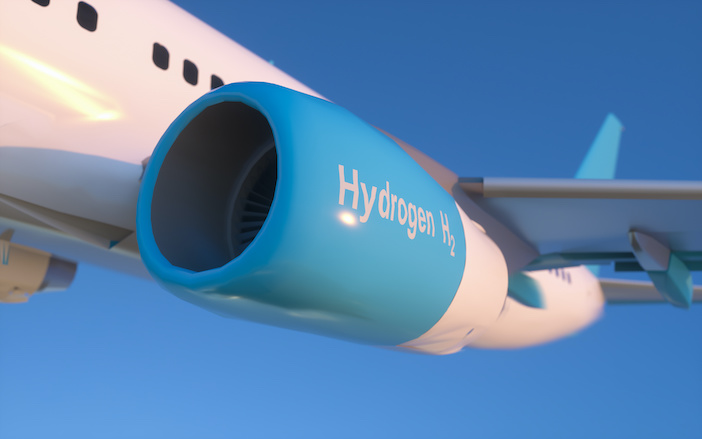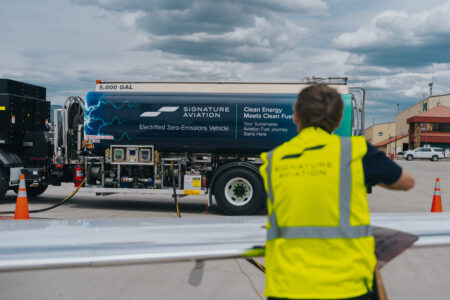A report from engineering company Jacobs has concluded that airport owners and operators need to start planning for the infrastructure and supply of hydrogen as a future fuel for aircraft.
Airports as Catalysts for Decarbonisation provides a roadmap for airports to implement hydrogen fuelling technologies and builds on the company’s recent work for the UK’s Aeronautical Technology Institute FlyZero Report, Airports, Airlines and Airspace – Operations and Hydrogen Infrastructure.
Airports need to start planning, designing and consulting now to be ready for the first hydrogen-fueled aircraft, which Jacob’s believes will be in service by 2035.
The report suggests three ways hydrogen can be integrated into the fuel offered by an airport: liquid hydrogen delivered by truck, a pipeline or on-site production of hydrogen using electrolysis. Combinations of these may be required while scaling up supply of hydrogen, the report suggests.
Eventually, hydrogen gas blending could power heating in terminals and buildings by the mid-2040s eventually moving to 100% hydrogen gas heating in the 2050s, the report also suggests. Hydrogen produced on-site by an airport could also be made available to businesses and local communities.
Andrew Gibson, Jacobs’ global solutions director for Aviation said, “Early adoption of fuelling infrastructure is critical to the implementation and success of hydrogen fuelled aircraft.
“Hydrogen has the potential to be a core component for the decarbonization of aviation. Airport operators and owners must build partnerships with local businesses and other transport operators to initiate the use of hydrogen in the immediate term.
“By incrementally building the hydrogen supply and distribution of infrastructure from a short-term starting point, airports can be ready for hydrogen-powered planes as soon as they are commercially viable.”





